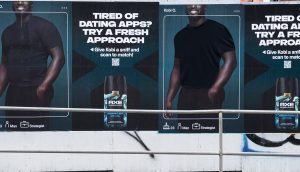As video becomes an increasingly vital part of digital media strategies, YouTube is opening up an opportunity for Canadian charitable non-profit organizations to take advantage of some of its premium products without the cost.
The YouTube Non-Profit Program started in the US two years ago and arrived officially in Canada this week. Three Canadian non-profits are currently on board with the program, including the Canadian Cancer Society, Free the Children and United Way Toronto.
The program offers registered charities premium brand channels, which include increased upload capacity to allow for longer videos, better branding, call-to-action overlays including deep links, listing on YouTube’s Non-profit channel and video pages and free postings on the YouTube Volunteers platform to recruit assistance on video campaigns.
‘It’s like having your own television station, but with the ability to have folks click on the screen and donate to your cause,’ Wendy Bairos Rozeluk, global communications and public affairs, Google Canada, explains in an email to MiC.
The value in the program is not just in having a premium product that was previously only available to high-traffic sites, but in being able to drive donations through video via the links and to educate and inform with longer video messaging, Alex Apostol, director of digital marketing, Free the Children, tells MiC.
‘Both of those are relatively small but they do make a big difference for the casual observer,’ he says. ‘They can click right on the video; they don’t have to memorize [the link].’
Length of video and linked call-to-action was also important to the Canadian Cancer Society, who officially launched their non-profit brand channel within the program this week.
‘The work that we’ve done with our recent rebranding has been about bringing out the stories of real Canadians and it involves a lot of unscripted material, and it’s a cost effective way for us to promote it,’ says Mike Kirkpatrick, director of marketing, Canadian Cancer Society. ‘Before we’d be limited by the length of the spots we could run, the cost of the media to place it, and relying a lot on timing that was not within our control for PSA placement. So now we can drive a lot more of our activity through the YouTube channel and place it in areas that we want to specifically target.’
Organizations can apply via the program’s home page on YouTube.























